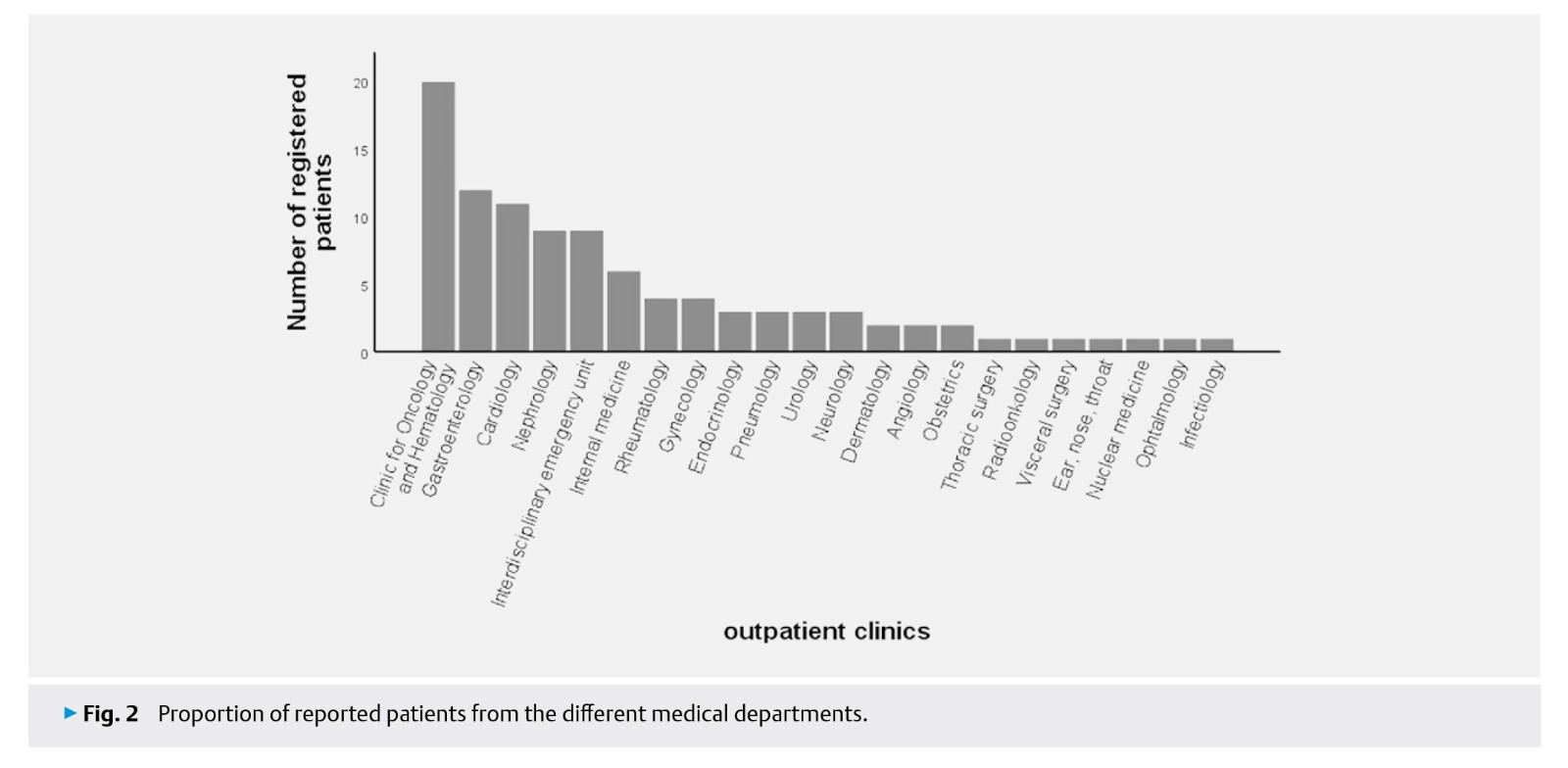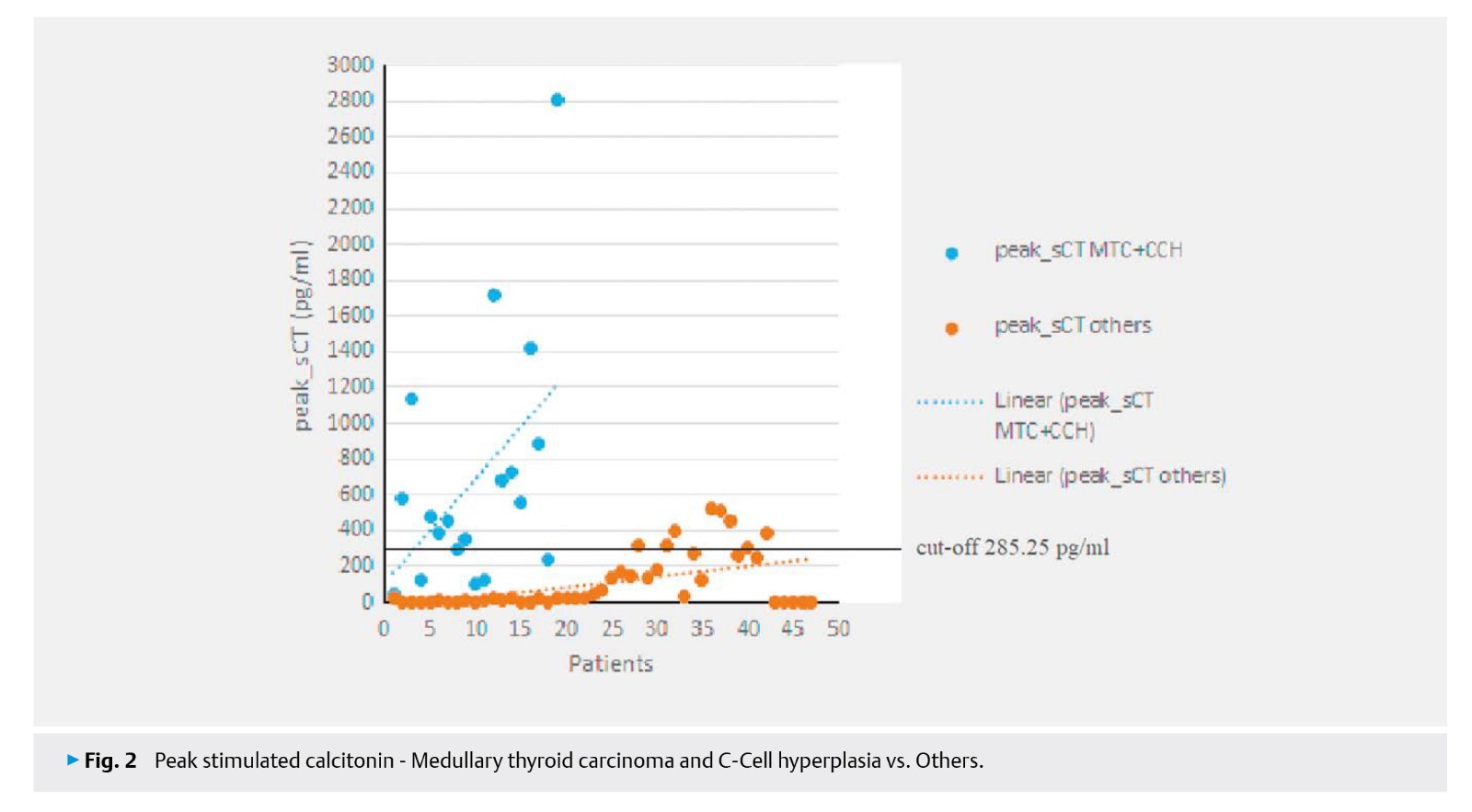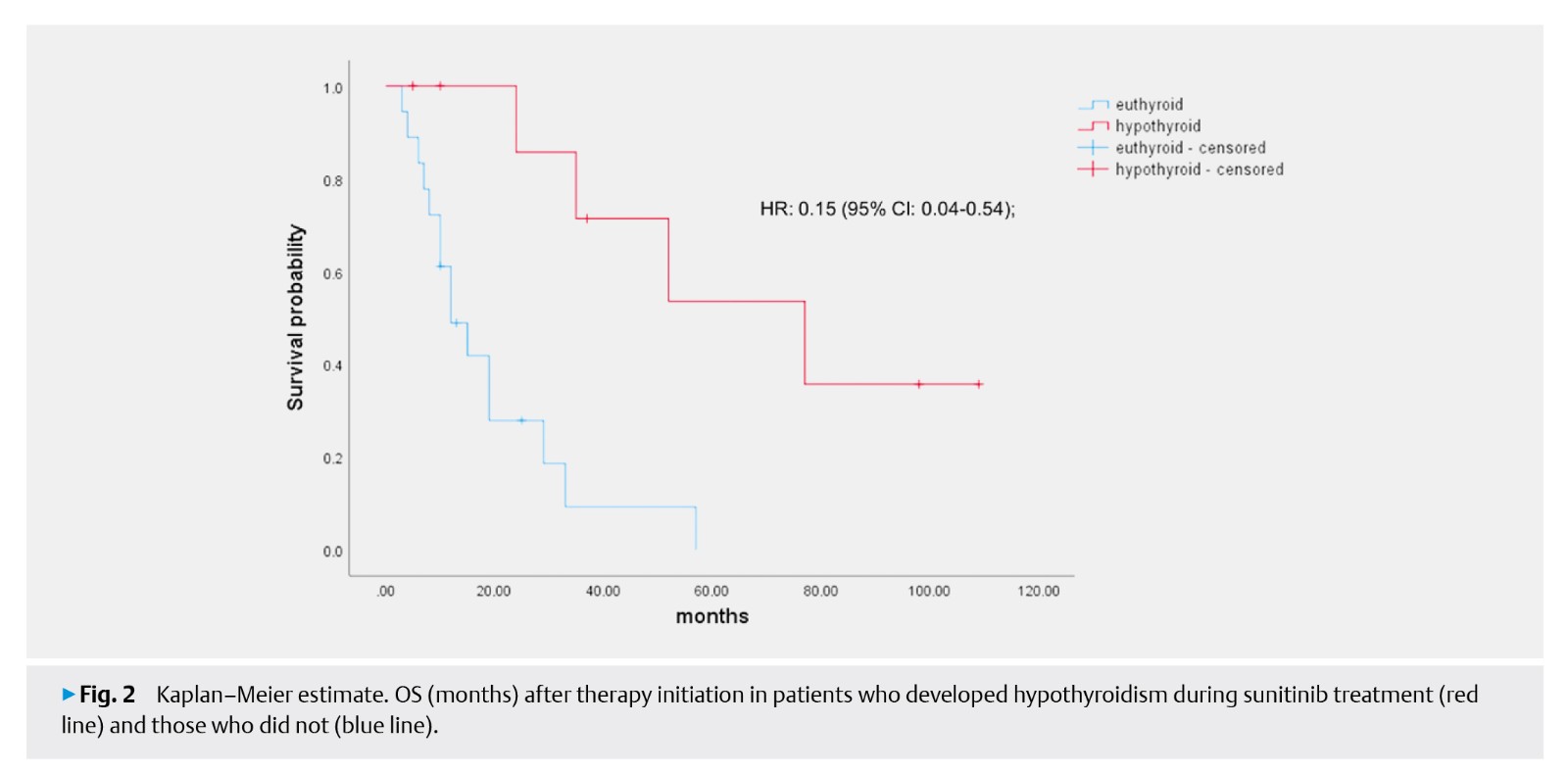
希望您尽享阅读和研究之美。

Gruber S et al.

Hypokalemia plays a central role for case finding, course, treatment decision, and prognosis of patients with primary aldosteronism. However, to date there is a lack of high-level evidence about the incidence of primary aldosteronism in hypokalemic patients. The IPAHK+study is an epidemiological, cross-sectional, monocentric study to provide evidence on the incidence of PA in a hypokalemic population. The aim of the current analysis was to describe the baseline characteristics of the first 100 patients eligible for study inclusion. The recruitment of patients with hypokalemia (≤3 mmol/l) is carried out continuously on a referral-basis by the central laboratory of the University Hospital Zurich through an automated suitability testing and data delivery system. The careful evaluation of the first 100 reported patients was based on the available reporting system. Out of 28 140 screened patients, 222 (0.79%) were identified with a serum potassium value of≤3 mmol/l (mean 2.89±0.02 mmol/l). Mean potassium levels were slightly lower in non-hypertensive subjects compared to hypertensive subjects (mean difference 0.07 mmol/l, p=0.033), while no significant difference was found between the sexes and patients with and without the diagnosis of primary aldosteronism, atrial fibrillation, or the use of diuretics. The incidence of PA was 4% in the total population studied and 7.5% in the subgroup of hypertensive patients. In conclusion, the continuous enrollment of patients from the IPHAK+hypokalemia registry into the IPAHK+trial will provide evidence about the actual incidence of primary aldosteronism in a hypokalemic outpatient population.
Thresholds of Basal- and Calcium-Stimulated Calcitonin for Diagnosis of Thyroid Malignancy
Băetu M et al.

Since medullary thyroid carcinoma is an aggressive cancer, it is important to have an early detection based on stimulated calcitonin (CT), especially when basal-CT is slightly elevated. The objective of this work was to set specific thresholds for basal-CT- and calcium-stimulated calcitonin for prediction of thyroid malignancy in female population. The study included 2 groups: group A-women with elevated basal-CT (>9.82 pg/ml) and group B-women with normal basal-CT (control group). After calcium stimulation test precise protocol, histopathological reports of those that required surgery were correlated with both basal and stimulated calcitonin. The best basal and stimulated calcitonin cut-offs for distinguishing female patients with medullary thyroid carcinoma or C-Cell-hyperplasia from other pathologies or normal cases were: 12.9 pg/ml, respectively 285.25 pg/ml. For basal-CT above 30 pg/ml, malignancy was diagnosed in 9/9 patients (100%): 9 MTC. For stimulated calcitonin above 300 pg/ml, malignancy was diagnosed in 17/21 patients (80.95%): 12 MTC and 5 papillary thyroid carcinomas. The smallest nodule that proved to be medullary thyroid carcinoma had only 0.56/0.34/0.44 cm on ultrasound, with no other sonographic suspicious criteria. In conclusion, we have identified in Romanian female population basal and stimulated calcitonin thresholds to discriminate medullary thyroid carcinoma or C-Cell-hyperplasia from other cases. We recommend thyroid surgery in all women with stimulated calcitonin above 285 pg/ml. Further studies on larger groups are necessary to establish and confirm male and female cut-offs for early diagnosis of medullary thyroid carcinoma, and interestingly, maybe for macro-papillary thyroid carcinomas alike. The calcium administration has minimum side-effects, but continuous cardiac monitoring is required.
Sunitinib-Induced Hypothyroidism and Survival in Pancreatic Neuroendocrine Tumors
Mathew A et al.

Sunitinib has been approved for the treatment of pancreatic neuroendocrine tumors, renal-cell carcinoma, and gastrointestinal stromal tumors. The elevation of thyroid-stimulating hormone serum levels is a common side effect. Studies suggest a correlation between sunitinib-induced hypothyroidism and treatment outcome in patients with renal-cell carcinoma and gastrointestinal stromal tumors. This study assessed whether sunitinib-induced hypothyroidism is a predictive marker of the objective response rate, progression-free survival, and overall survival in pancreatic neuroendocrine tumor patients. Twenty-nine patients treated with sunitinib for advanced pancreatic neuroendocrine tumors were included. The incidence of sunitinib-induced hypothyroidism was 33%. The median progression-free survival of patients who developed hypothyroidism was 16 months (95% confidence interval: 6.2–25.8 months) as compared with six months among euthyroid patients (95% confidence interval: 0.1–12.2 months) (p=0.02). The median overall survival was 77 months (95% confidence interval: 31.4–122.6 months) in hypothyroid patients but 12 months (95% confidence interval: 5.9–18.1 months) in subjects with euthyroidism (p=0.001). The median overall survival from the time of initial diagnosis ranged from 247 months in patients with hypothyroidism to 65 months in euthyroid subjects (p=0.015). Elevated thyroid-stimulating hormone levels are a prognostic biomarker of improved outcomes of sunitinib therapy in pancreatic neuroendocrine tumor patients.
